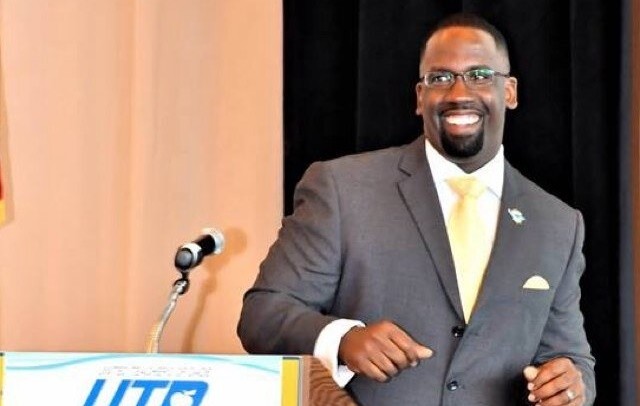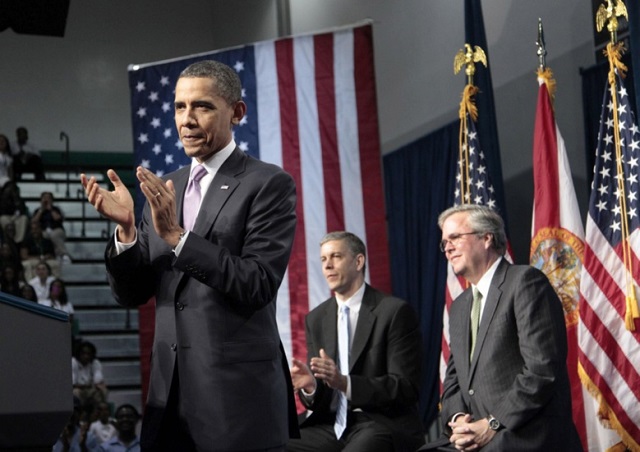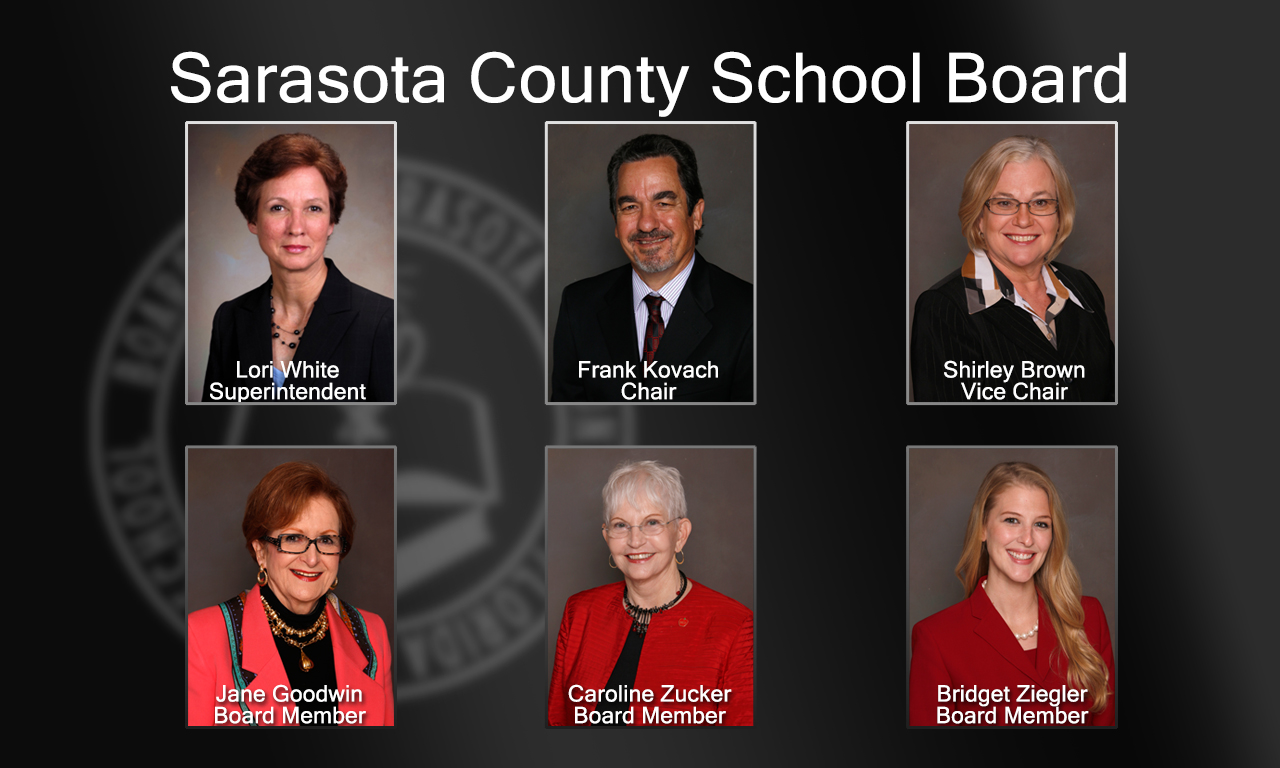I received the following in an email from Tim who ministers to Muslims. Tim has researched the findings of the Qur’an they found in Birmingham and provides this response to the discovery of old fragments of Quranic texts at Birmingham University:
Many people have been e-mailing me in the past 24 hours with requests concerning the significance of the new findings from Birmingham University, about 2 folios (front and back) from an early Qur’anic manuscript.
See the BBC article: ‘World’s Oldest Koran Fragment found at Birmingham University‘.
Unfortunately, I am sequestered in some mountains to the east of Toulouse, in France, teaching for a week, and due to the infrequent internet access here, was completely unaware of this news until a number of you notified me.
The BBC article mentions that the two folios were tested recently by the Oxford University Radiocarbon Accelerator Unit, which has an exceptional reputation internationally. What’s more, the 7th century has a more stable radiocarbon decay rate then say the 8th century, and has proven extremely stable from a wide sampling of leather, parchment and papyrus manuscripts from Europe and the Middle East. The Oxford laboratory dated these two folios, with a 95% accuracy, from between 568 AD and 645 AD. This means that it could be one of the earliest dated Qur’anic fragments in existence.
I have been asking for help to understand the significance of these findings from several experts in the field; one in particular, who has done some preliminary research on this fragment and the radiocarbon dating of Qur’anic manuscripts. He is in contact with Corpus Coranicum, a German Qur’an manuscript project that is doing the most detailed Radio Carbon dating with Qur’an manuscripts that has ever been attempted. They are endeavoring to reconcile Radio Carbon dating with the more established and trusted paleographic and codicological methods. So far they have dated more than 30 Qur’ans. Below is his and others synopsis of the current state of knowledge concerning these issues. Here are some useful things they have shared.
1) This is not the first manuscript fragment to be tested using Radio Carbon dating, as a few months ago scholars at the Tübingen University in Germany came out with similar findings on a set of fragments they tested at their laboratory. There is on going work on that manuscript which is showing a number of variants to the text, which are being prepared for publication.
(The entire Tübingen manuscript can be viewed online here. You can notice that many of the variants are visible as corrections that have been made to the text)
2) One has to remember that the Radio Carbon dating is not the date of the writing on the manuscript but only the parchment it was written on. This is quite significant, since the latest dating of 645 AD would only be the date that the animal died. The ink could have been applied many years or even decades later. In fact one of the Radio Carbon dating of the Sanaa palimpsest goes back before Muhammad’s prophetic career (pre 600 AD).
The current scholarly consensus, however, is that there are usually not a number of decades between the day an animal died and when it would finally be used for the writing of a manuscript, except in the case of re-using old manuscripts [see comments on palimpsests in no. 4 below]. Animals were often killed and their skins quickly converted to parchment in order to fulfill commissions for luxury manuscripts because often a large part of a herd were required for the production of the volume.
3) Dating of the ink and pigment is a new area of study, and will feature more prominently in future early Qur’anic manuscript projects. Then we will have much more accurate dating for early Qur’ans. This will add another criterion for constructing accurate dates for early Qur’ans.
4) Sometimes parchment, or velum manuscripts are erased (the ink would be washed off) and then written again over top. These are known as ‘Palimpsests’. The Tübingen fragments may have evidence of these layers of overwriting, which would mean that the script we are reading could have been written many decades later. We have not been told yet whether these Birmingham fragments could also be Palimpsests. If so, we could be looking at just the latest layer of writing of a Qur’anic text. Initial examination does not seem to indicate that they are, but it is a possibility one must consider, since sometimes the removal of the original texts was done extremely well and is difficult to detect after the fact.
5) According to the scholar, Avi Lewis, since the Radio Carbon test shows that these folios were possibly written between 568 and 645 AD, the parchment may have been written well before the years 610 through 632, the alleged time of the “revelation” of the Qur’an, maybe even before the time the alleged Prophet Muhammad would have been an adult man. That would be in agreement with other observations, e.g. that made by the late famous Taha Husain in 1926, who said that the Qur’an contains pre-Islamic metric poetry.
6) This article spends almost all its time praising the reliability of the Qur’an’s textual history, and doesn’t mention the variations in the text, which are well known to exist in almost all early manuscripts, including both the Sanaa MSS as well as the Tübingen MSS, a fact described in depth in the early traditions as well. The complexities of the Qur’an’s early textual history are glossed over in this article, and instead of a full, well-rounded picture of the Qur’an’s early transmission being given, a partial view which minimizes the aspects which disagree with an almost fundamentalist classical Islamic view is given.
7) David Thomas, one of those interviewed in the article is not an authority on Qur’anic manuscripts, and so speaks about the ‘stones and bones’ in 650 AD as if it was real history, without realizing that the stories he is quoting are not from the 7th century, but from the 9th century. Alba Fedeli is a qualified Qur’anic expert, yet while her name is mentioned, her views are not given. One also wonders whether the writer, Sean Coughlan, is knowledgeable about the highly specialized material he is reporting about. From other research carried out by Yassin Dutton, Francois Deroche and others, one finds just how different the early texts were from today’s published version—and how many diacritics, short vowels and other signs needed to be added to the text in order for it to be readable in that particular reading, suggesting just how much the text was altered over the course of time. This is not mentioned in this article, of course, because it is a blind spot for the writer.
In fact the entire tone of the article is one of advocacy, as if those who looked after the Qur’anic manuscripts were wooing the Muslim community, especially those living in Birmingham.
8) These particular Birmingham fragments show four instances of diacritical mark textual variants, one with grammatical implications, and another a nonsense reading (see the breakdown below), proving that even this text has early textual variants, as well as verse numbering differences.
9) It is difficult to imagine that these Birmingham folios would be so early, as it has such a well established page layout, as well as a developed Qur’anic Hijazi script style, verse numbering, and Surah divisions. These are not only better than later manuscripts, but certainly earlier than the established consensus by most Muslim and Western scholars concerning when a developed Arabic scribal and written literary culture would have existed.
10) The variations in this text confirm what we already know from the later Islamic Traditions, that there was early editing to create a basic textual form. Dr Brubaker’s thesis last year also proved this, as he found over 800 of these corrections in the 10 Qur’ans he looked at, all of which were dated from the later 8th – 9th centuries, proving that these variations and corrections continue for another 200 years.
11) Simultaneously, these early textual variations suggest that there are a larger number of textual patterns for the Qur’an than the Islamic traditions had recorded. This tells us that the community that followed the time of Muhammad (i.e. post 632 AD), were much more involved in establishing the precise wording and spelling of the text of the Qur’an than some traditions and many contemporary Muslim commentators have previously allowed, though some Islamic traditions do allow for them.
12) Even certain Muslims are skeptical of this discovery. Saud al-Sarhan, the director of research at the King Faisal Center for Research and Islamic Studies in Riyadh, Saudi Arabia, doubts that the folios found in Birmingham were as old as the researchers claimed, noting that its Arabic script included dots and separated chapters — features that were introduced a century or two later. He also referred to the possibility that these folios were washed clean and reused later, as palimpsests. One can understand the dilemma for many Muslims concerning these very early dates within the spectrum for the Carbon dating of these folios, as it suggests that they could have been created before Islam existed (i.e. 568 AD), forcing them to choose the later, post 632 AD dates.
13) Another scholar, Behnam Sadeghi, possibly realizing the problems these folios may pose for Muslims, has just written a clever response, suggesting that, due to the variants, these folios are possibly nothing more than ‘Companion Texts’ which were then corrected into one standardized form, at the time of Uthman (see his article here). Interestingly, he is forced to admit that these earlier texts included “words and phrases [that] were different…These differences sometimes affected the meaning”, though he suggests they didn’t change the tenure of the Qur’an. Not too many Muslims will appreciate such a public admission.
14) Overall, these Radio Carbon dates are not the last word in dating these early Qur’an folios. They are a new tool, and as such it will take time to discover their full accuracy and potential. They are a significant tool, however, and their use should be welcomed as one of many methods for discerning the likely age of a manuscript. The traditional methods of script analysis, art analysis, and analysis of the form of the manuscript in all of its physical aspects may need some revision, but they have served well and they will not be easily overthrown by a single scientific test. They will continue to be essential for gaining a complete and accurate understanding of the date of these manuscripts.
15) This all suggests that there has never been just one precise, or even complete text of the Qur’an which was preserved perfectly, and used by all Muslims, even today. It looks like these folios (whatever their final dates) belong to a school of textual variants, referred to in later traditions, and may belong to a larger manuscript, one that was then standardized into one final canonized text at some later date. When that canonized Qur’an was finalized is the answer we are all waiting to know. Hold this space.
A CLOSER LOOK AT THE BIRMINGHAM FOLIOS
Let’s look at particular examples of differences from the two pages (front and back) of these Birmingham folios, which includes portions of Surahs 18, 19 and 20, though only the parts of Surahs 19 and 20 are continuous:
- There are at least 27 alifs missing when compared to the current text, proving just how much Arabic spelling changed in the first 3 centuries of Islam. -There are 4 instances of consonantal diacritical marks that are different from what is now considered the standard. 3 of them have no correlation to known variant ways of reciting the text, while one of them is similar to a later reciter named Ibn ʻAmr (i.e. Surah Al-Kahf 18:26, ‘tushuriku’, the verb ’You make to share’, is written instead of ‘yushuriku, ‘He makes to share’, in the sentence, ‘He makes none to share in His decision and rule’).
- In all three of the surahs represented on these pages we find the verses are numbered differently from that used in current Qur’ans.
- The way the letter qaf is pointed is similar to another system of pointing used in early times and also found today in the Warsh Qur’ans, which are only in North Africa (i.e. qaf has one dot, fa’ has no dot). All this to say, that even if this particular manuscript can be proven to be early, it nonetheless shows variants which, if the Qur’an is perfect, complete and unchanged, just should not be there. It’s interesting that there was no reference in this article concerning the variants in this particular set of folios.
As more research will be done on this manuscript and other early ones, we will keep you informed concerning what the expert’s say. Till then, engage with your Muslim friends on these new findings, and make sure you show them the ‘other side’.
PAGE 1 FRONT: SURA 19:91 – 20:13 [19:91-98] Statements that Allah does not take to himself a son [91-94] all people are slaves with Him having full power over their Judgment [95-96] believe and do deeds of righteousness will result in His love for them [97-98] The Qur’an is easy in the prophet’s own tongue to warn his people. [20:1-4] The Qur’an is a revelation from Allah [5-8] Statements of Allah’s attributes [9-13] Moses speaks to Allah in the burning bush.
PAGE 1 REVERSE: SURA 20:13-40 [13-16] Worship Allah, or perish [17-37] Moses with Pharaoh and sent with Aaron [38-40] Moses’s early and adult years described.
PAGE 2 FRONT: 18:17-23 [The Qur’an’s version of the 7 Sleepers of Ephesus, from vss 17-26]
PAGE 2 REVERSE: 18:23-31 [A very graphic description of hell and paradise found in vss 29-31]




 Mr. Colestock goes on to make a very interesting point: “If Fed and UTD could not and would not protect and stand up for me, a decorated and accomplished steward that was correct about the
Mr. Colestock goes on to make a very interesting point: “If Fed and UTD could not and would not protect and stand up for me, a decorated and accomplished steward that was correct about the 

 The Sarasota County School Board took up a discussion on a way to save the district money. The discussion died due to three school board members: Caroline Zucker, Jane Goodwin and Shirley Brown. This issue was about the costs associated with holding a tax increase referendum during an off year rather than during the November general election cycle. Here are some facts about the March tax increase referendum:
The Sarasota County School Board took up a discussion on a way to save the district money. The discussion died due to three school board members: Caroline Zucker, Jane Goodwin and Shirley Brown. This issue was about the costs associated with holding a tax increase referendum during an off year rather than during the November general election cycle. Here are some facts about the March tax increase referendum:














